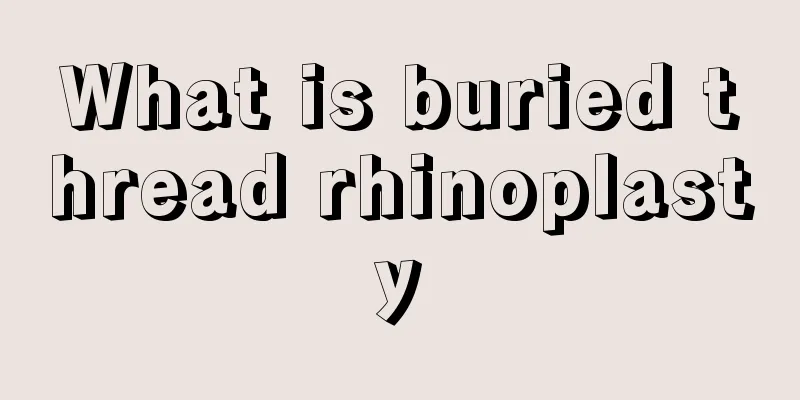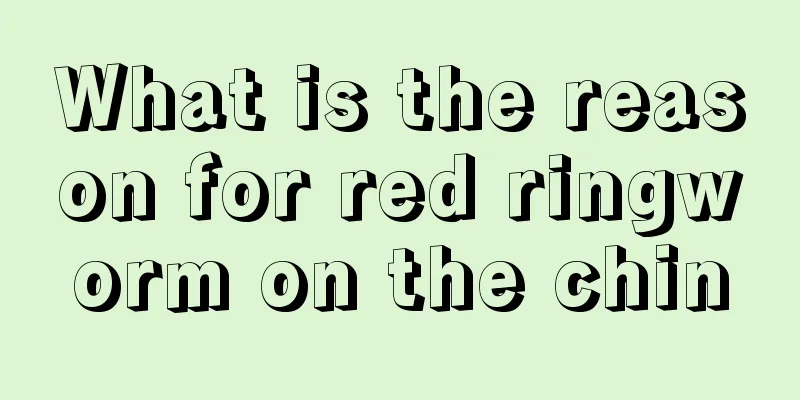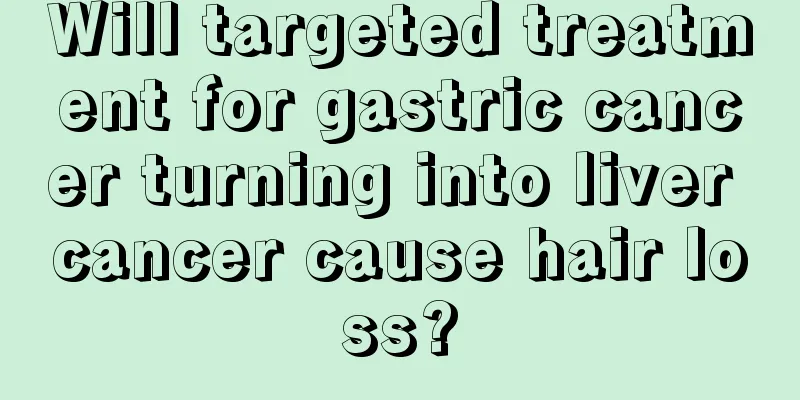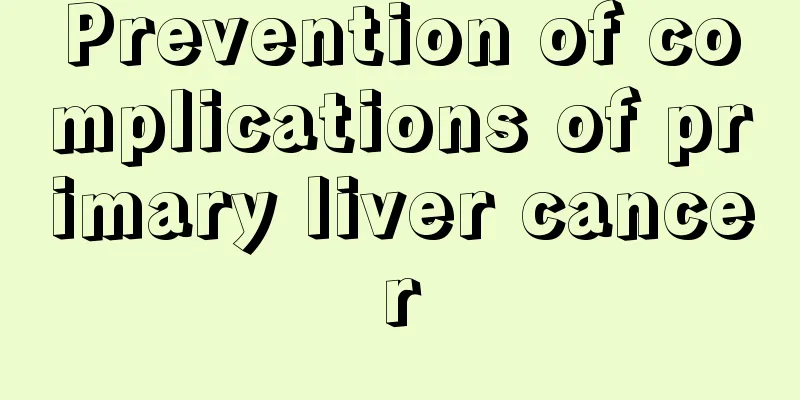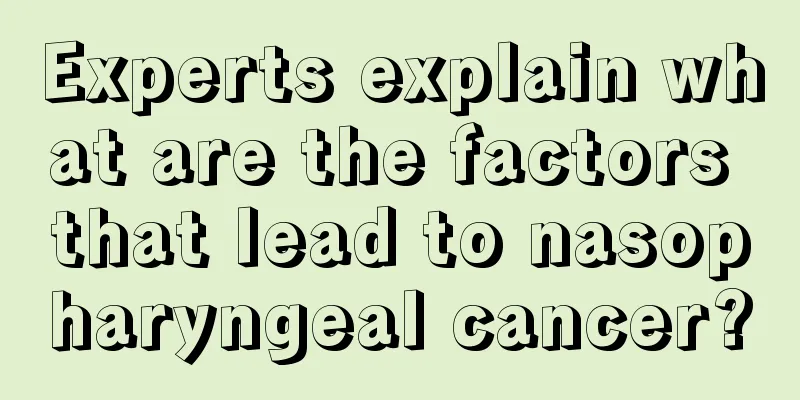What should I do if I have long-term nasal congestion caused by allergic rhinitis?
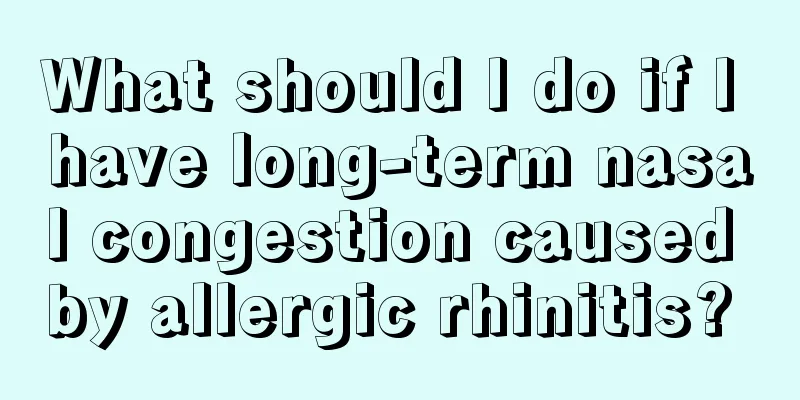
|
Many people have suffered from allergic rhinitis. Rhinitis may not seem very serious, but the nasal congestion caused by allergic rhinitis and the fact that the nose is easily infected may have adverse effects on our body. When people develop allergic rhinitis, they may have to receive certain treatments, which means taking medication, cleaning the nose every day, and reducing exposure to allergies. Allergic rhinitis is a relatively troublesome disease and requires formal and systematic treatment. Currently, there is no specific medicine that can cure it in a short period of time. Traditional Chinese medicine believes that it is mainly due to the weakening of the lung defense system and the invasion of external pathogens. If the disease is not treated properly or promptly, it will recur and the symptoms will gradually worsen. 1. For drug treatment, you can take cetirizine hydrochloride orally, one tablet a day, or loratadine, one tablet a day. 2. Treatment with traditional Chinese medicine. 1. Saposhnikovia divaricata 10g, Bupleurum chinense 10g, Plum ebony 10g, Schisandra chinensis 10g, Angelica dahurica 15g, Magnolia officinalis 10g, Asarum 3g, Xanthium sibiricum 15g, Pueraria lobata 15g, Cassia twig 10g, White Peony Root 10g, Astragalus 30g, Roasted Licorice 6g, decocted in water and taken orally. 2. You can also use Yupingfeng Powder, which is recorded in "Yifang Leiju". It is mainly used to treat spontaneous sweating due to deficiency of the exterior. It can also treat weak people with loose pores who are prone to catching colds. This prescription can be used with modifications for allergic rhinitis that is prone to colds and flu, which can cause recurring symptoms. It should be noted that there is no immediate success in the right way. Only perseverance can bring good results. 3. Allergic rhinitis means that the nerves in the nasal cavity are overly sensitive to the outside world. Currently, the most effective surgical treatment is selective intranasal nerve block. Currently, low-temperature plasma ablation is used. The low-temperature plasma ablation system is used to ablate tonsillitis, allergic rhinitis, and tonsil hypertrophy and hyperplasia. It can maintain the safety of the local mucosal tissue structure, and can effectively reduce postoperative edema and pain, while removing tonsils and retaining immune function. Its advantages are short treatment time, quick recovery, little tissue damage and no complications. And the long-term effect is good and recurrence is not easy after surgery. Low-temperature plasma ablation is an advanced minimally invasive treatment technology used to treat allergic rhinitis, reduce the excitability of the nasal mucosa, and achieve the purpose of cure. After reducing the excitability of the nasal mucosa, symptoms such as sneezing, runny nose, nasal congestion, and nasal itching will no longer occur. The effect is obvious. There will be no discomfort after the treatment, no other damage will be caused, and it is painless and does not require hospitalization. |
<<: What should I do if I have alternating nasal congestion?
>>: Is treatment for childhood phobia effective?
Recommend
Hazards of rust remover
We know that some metals often rust outdoors or i...
How to detect whether cosmetics contain hormones
The cosmetics we use in daily life basically cont...
Autumn lip blisters_Autumn mouth corner blisters
Every time people reach autumn and winter, they m...
Is it good for baby girls to use diapers in summer?
When it comes to buying diapers for babies, paren...
How big is the relationship between pancreatic cancer and genetics
The question of how closely pancreatic cancer is ...
What are the symptoms of kidney cancer
The early symptoms of kidney cancer are often not...
Belly weight loss sleeping method
Losing weight is one of the things that women are...
What are the causes of gastric cancer
The causes of gastric cancer include genetics, en...
What causes lung cancer headaches
Headaches in lung cancer patients may be related ...
Does it hurt to do a gastroenteroscopy?
For patients with gastrointestinal discomfort, if...
What to do if you are allergic to buckwheat?
Allergy is a symptom. For many people, the allerg...
I ate a rotten banana and had diarrhea
Bananas are a common fruit in our lives. Because ...
What are some tips for cleaning oil stains on clothes
Sometimes when we are eating or cooking, we alway...
Will renal hamartoma cause back pain? If you have four symptoms, beware of renal hamartoma
Renal hamartoma is also known as renal angiomyoli...
What are the key points of nursing and health care for advanced liver cancer? Introduction to key points of daily nursing for advanced liver cancer
I believe that people are familiar with liver can...

